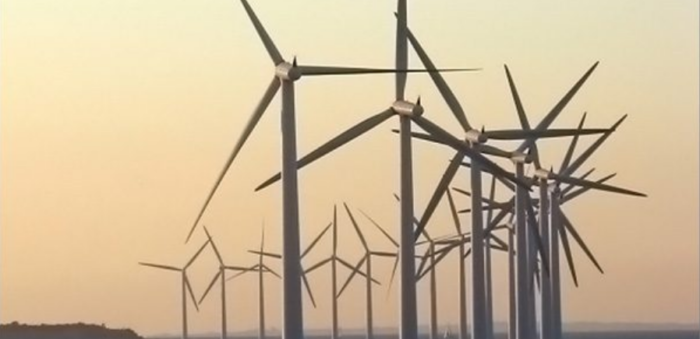Making the the energy transition faster is crucial in order to avoid climate disaster. However, Lucy Craig, Vice President Technology & Innovation, DNV GL – Energy, notes that we must overcome the challenges that a potential increase in wind and solar energy brings.
According to DNV GL’s Energy Transition Outlook, electricity’s share of the total energy demand will reach 45% in 2050. This increase in global electricity production will be driven by renewable sources, amounting for about 80% of global electricity production in 2050.
In addition, with the costs for wind and solar falling, these energy sources could meet most of the electricity demand, with solar PV delivering 40% of electricity generation and wind energy 29%.
However, Ms. Craig adds that wind and solar are weather patterns. So, what will happen if we are relying vastly on these renewable sources to meet our electricity needs and ‘Dunkelflaute’ happens.
[smlsubform prepend=”GET THE SAFETY4SEA IN YOUR INBOX!” showname=false emailtxt=”” emailholder=”Enter your email address” showsubmit=true submittxt=”Submit” jsthanks=false thankyou=”Thank you for subscribing to our mailing list”]
As Lucy Craig explains, this German word is a combination of the word ‘Dunkelheit’ (darkness) and ‘Windflaute’ (little to no wind). It foresees the world’s vulnerability in a society where it is relying more and more on these sources.
Namely, the volatile weather events that are occurring lately, showcase the changing nature of the climate, as well as the urgent need for a move to renewable sources. However, a combination of solutions is needed, which included better prediction of renewable power generation levels, demand response to react to excess renewables and shift electricity usage during peak periods.
In addition to these factors, the installation of smart sensors, enhanced connectivity and the application of new technology will lead to better use of the data they provide. This will enable the optimisation of performance, it will extend lifetime, while it will also predict failures before they take place.
What is more, energy storage will play a crucial role in enabling the growth of solar and wind. Currently, there are many options for energy storage, while the fast cost reduction of lithium-ion batteries still surprises industry experts.
However, battery storage is not a new concept. In fact, Ms. Craig expects in the next few years an important growth in installed battery capacity, in order to cope with variable renewables. Namely, the industry expects an installed capacity of about 50 TWh by 2050.
Nevertheless, it will be important to make sure that the performance of these batteries can be verified using independent data.
As batteries become cheaper – which we anticipate they will –more will be produced and used. To satisfy the need to know which battery performs best there’s now a Battery Performance Scorecard which provides independent ranking and evaluation of battery vendors
Lucy Craig sated.
Finally, lowering the dependence on fossil fuels will need significant effort, as well as several other solutions, in order to make sure that the energy transition is speeding up, and the impact of climate disruption is decreasing.































































